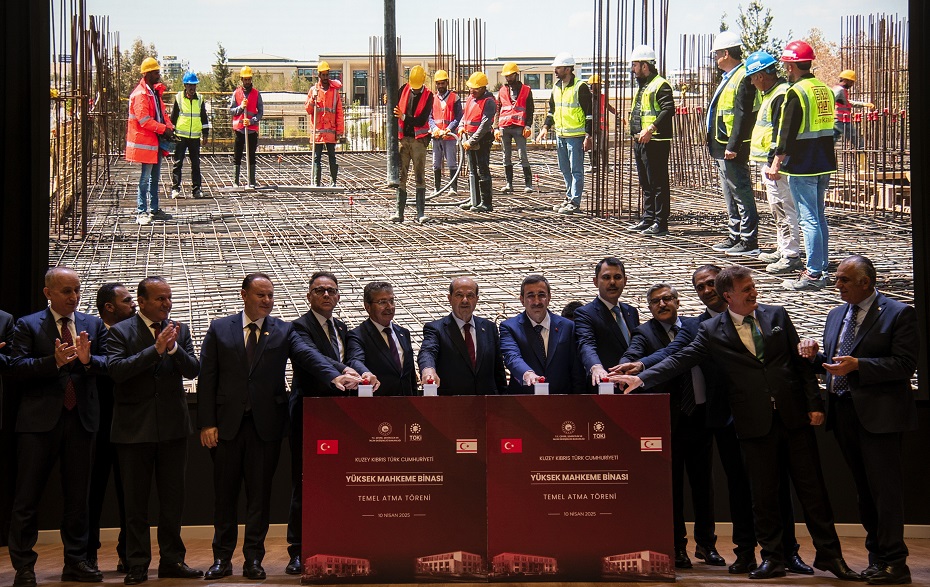
Turkish Vice President Cevdet Yılmaz paid a one-day visit to the Turkish Republic of Northern Cyprus (TRNC) on Thursday, where he took part in the groundbreaking ceremony for the new Supreme Court and National Library buildings in Lefkoşa. The projects are located within the growing state campus in Metehan, alongside the future presidential and parliamentary buildings.
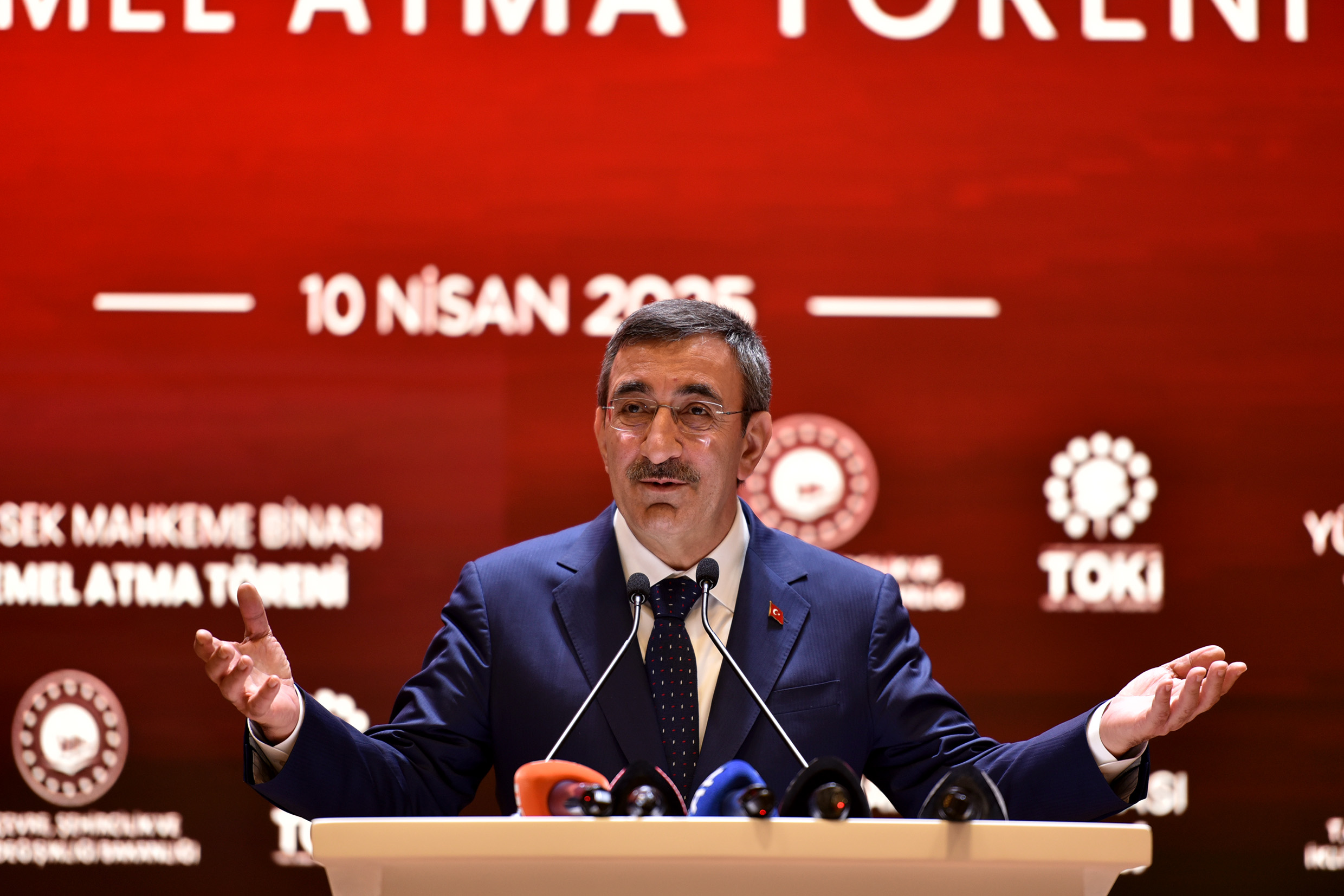
In his address, Yılmaz reiterated Türkiye’s steadfast support for the TRNC, stating that “regardless of circumstances, we will continue to walk shoulder to shoulder with the Turkish Cypriot people.” He emphasized that Türkiye is mobilizing all its resources to support the TRNC’s development, prosperity, and institutional capacity.
He described the new court complex as a timely response to increasing judicial demands and as a key investment in the rule of law. The 6,500-square-meter building will include constitutional courtrooms, judges’ offices, archives, and ceremonial spaces.
He also introduced the adjacent National Library project—a modern 3,600 square meter space designed to support young people, researchers, and the wider public with reading halls, children’s sections, and collaborative work areas.
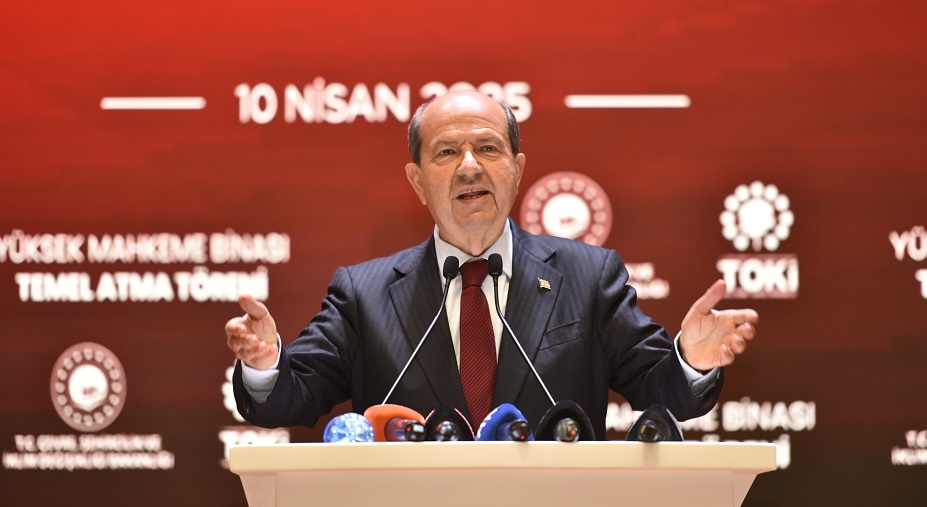
President Ersin Tatar also spoke at the ceremony, describing the new complex as a “symbol of the TRNC’s sovereignty and independence” and a reflection of the state’s growing institutional identity. Expressing satisfaction at speaking for the first time inside the new presidential complex, Tatar recalled how the vision for the Metehan campus took shape with the support of Turkish President Recep Tayyip Erdoğan. He acknowledged that the project had faced early opposition and delays, particularly after the February 6 earthquakes, but stressed that construction is now nearing completion.
Tatar underlined the strategic value of the location, noting its proximity to the Metehan crossing point, and renewed his call for a new crossing to ease movement—an issue he raised in Geneva but which has stalled due to the Greek Cypriot side’s insistence on transit-only arrangements. Thanking all stakeholders involved, Tatar said the new judicial and library buildings not only serve practical functions but also enhance the TRNC’s prestige and economic value.
“These are monumental works where the heart of our state will beat. The TRNC will continue on its path with confidence and strength,” he said.
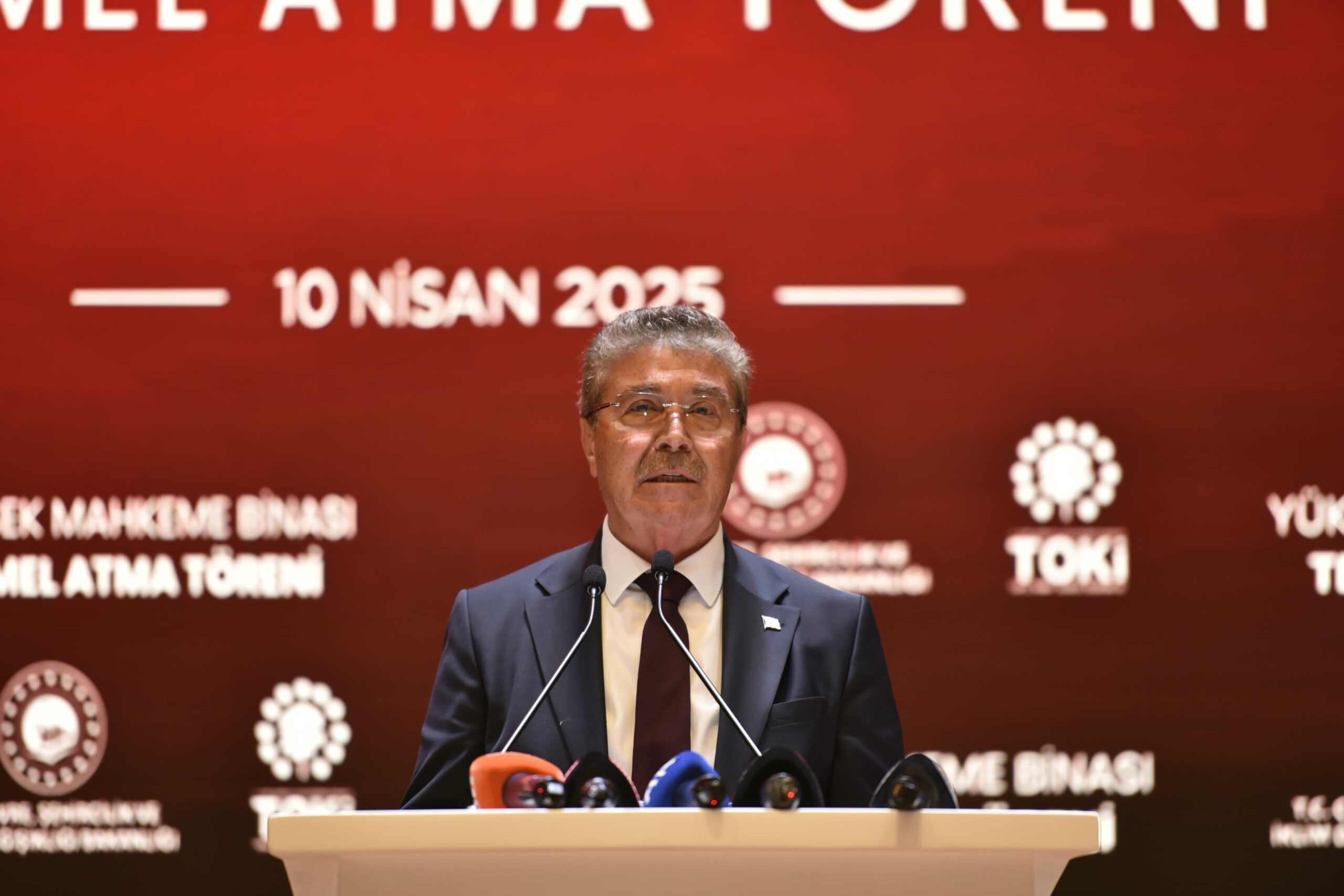
Also speaking at the ceremony, Prime Minister Ünal Üstel expressed his satisfaction at laying the foundation for the new Supreme Court building, which he said would both strengthen the TRNC’s justice system and reinforce the institutional framework of the state. “This is not merely an architectural project,” he said, “but a concrete expression of our belief in the rule of law, justice, an independent judiciary, and the strength of state institutions.”
Üstel underlined the Turkish Cypriot people’s sacrifices in preserving their freedom, identity, and existence, stating that the foundation laid today was “a signature to the future, written in the ink of the unbreakable bonds of brotherhood between Türkiye and the TRNC.”
Referring to the recent signing of the 2025 Economic and Financial Cooperation Agreement in Ankara, he described it as a landmark step within the shared vision of the “Century of Türkiye” — in which the TRNC, too, would rise and shine. The agreement includes a massive 21 billion TL investment program across infrastructure, health, education, and social housing.
He listed key projects coming to fruition in 2025, including new roads, hospitals, schools, youth initiatives, social housing, and key state buildings such as the new Presidency, Parliament, and now the Supreme Court. Üstel emphasized that these initiatives reflect a comprehensive vision for a secure, prosperous, and dignified future.
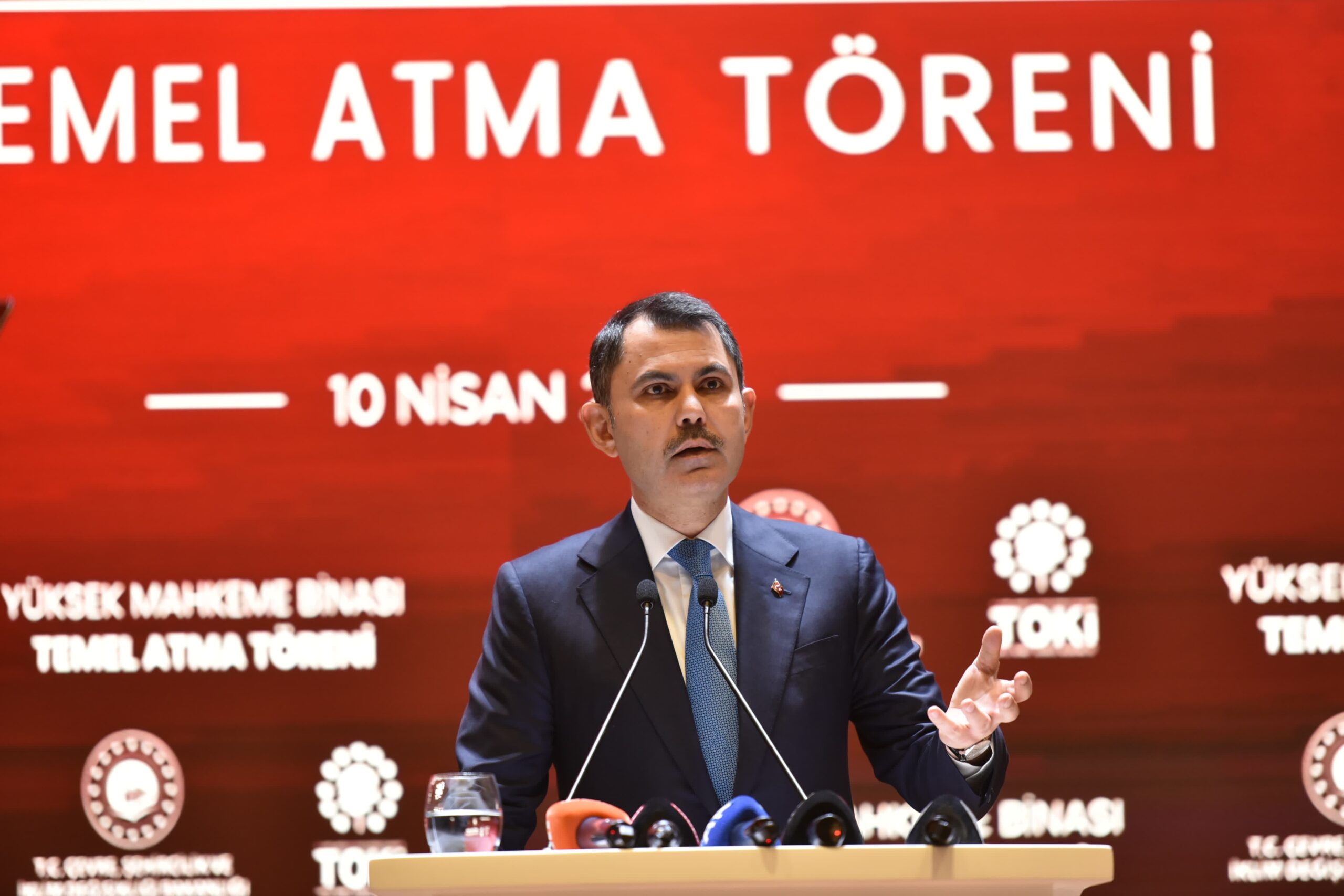
Speaking at the same ceremony, Türkiye’s Minister of Environment, Urbanization and Climate Change Murat Kurum emphasized that Türkiye is taking determined steps to implement the TRNC Master Plan, which he described as essential for securing the next 50 to 100 years of the Turkish Cypriot people.
He said the plan envisions a comprehensive urban development model—covering land use planning, green spaces, and infrastructure—that would transform Cyprus into the Mediterranean’s most attractive destination.
Kurum described the future Supreme Court building as a “magnificent” structure that will deliver justice services in the best-equipped facilities, reflecting the dignity of the Turkish Cypriot community. He announced multiple ongoing and upcoming projects, including the introduction of a digital land registry system (TAKBİS) by mid-2025, a parcel inquiry system to be launched by the end of this month, and 3D city modelling through aerial surveys. A new meteorological radar will also be installed to improve forecasting and early warning systems.
Highlighting social and environmental initiatives, Kurum said 30 bottle deposit return machines will soon be installed in the TRNC as part of the Zero Waste initiative, and that new social housing projects will be launched through Türkiye’s TOKİ agency.
He added that the Millet Garden and mosque within the state campus will be completed by mid-year. Kurum closed by affirming Türkiye’s commitment to supporting the Turkish Cypriot people, stating: “We are building every element of this vision under the leadership of President Ersin Tatar and with the tireless work of the TRNC government. These investments are not isolated—they are part of a cohesive, long-term vision for a strong and resilient Cyprus.”
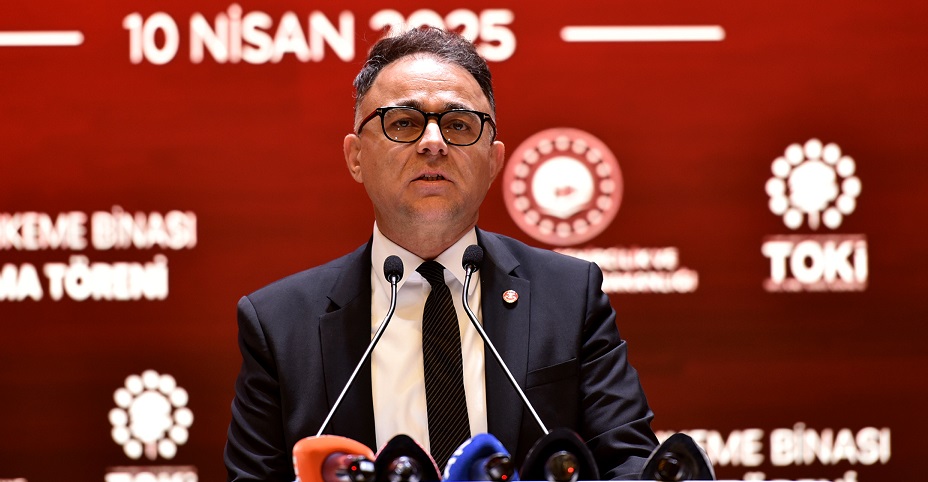
Also speaking at the foundation-laying ceremony for the Supreme Court and the National Library, the head of the Supreme Court Chief Justice Bertan Özerdağ stated that the process for constructing a new building in the Metehan area began in line with decisions made by the Supreme Court in 2015, and that those efforts had now come to fruition.
He noted that the new Supreme Court building was designed under current conditions and needs and that it would significantly contribute to the functioning of the judiciary. Özerdağ expressed his satisfaction at participating in the ceremony and said that once the new facility is operational, the existing Supreme Court building will be handed over to the Lefkoşa District Court—currently the court with the heaviest workload in the country.
He added that the vacated premises would be restructured to meet ongoing demands.
“Justice-seeking is as old as human history itself, and courts and judges are the greatest guarantors of this pursuit,” said Özerdağ, stressing that for the judiciary to better serve society and ensure timely justice, its needs must be met by the legislative and executive branches in a timely and efficient manner.
Highlighting the constitutional principles of separation of powers, the rule of law, and the impartiality and independence of the judiciary, Özerdağ called for improvements to judicial infrastructure. He noted that enhancing the quality of services provided to lawyers and citizens and ensuring swift justice would ultimately strengthen public trust in the legal system.
The ceremony concluded with a prayer and the official laying of foundations.
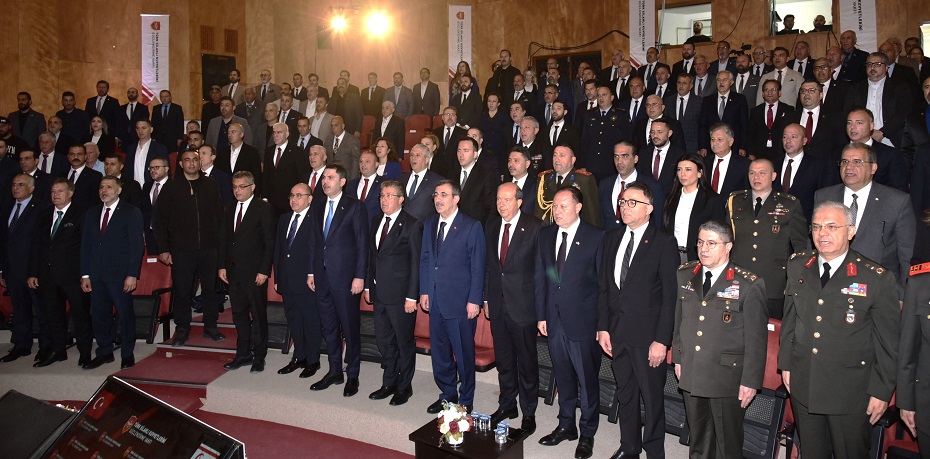
Meanwhile, as part of his other contacts in the TRNC, the Turkish Vice President attended the Turkish Armed Forces Foundation Donors Medal and Presentation Ceremony.
Also in the afternoon, Yılmaz visited the newly completed TRNC Parliament and Presidency Complex.
Yılmaz’s contacts included the launch of the new Lefkoşa State Hospital, which will address critical healthcare needs in the region, alongside the renovation of the existing Dr. Burhan Nalbantoğlu Hospital.
The Turkish VP and his accompanying delegation will be leaving the TRNC later tonight.